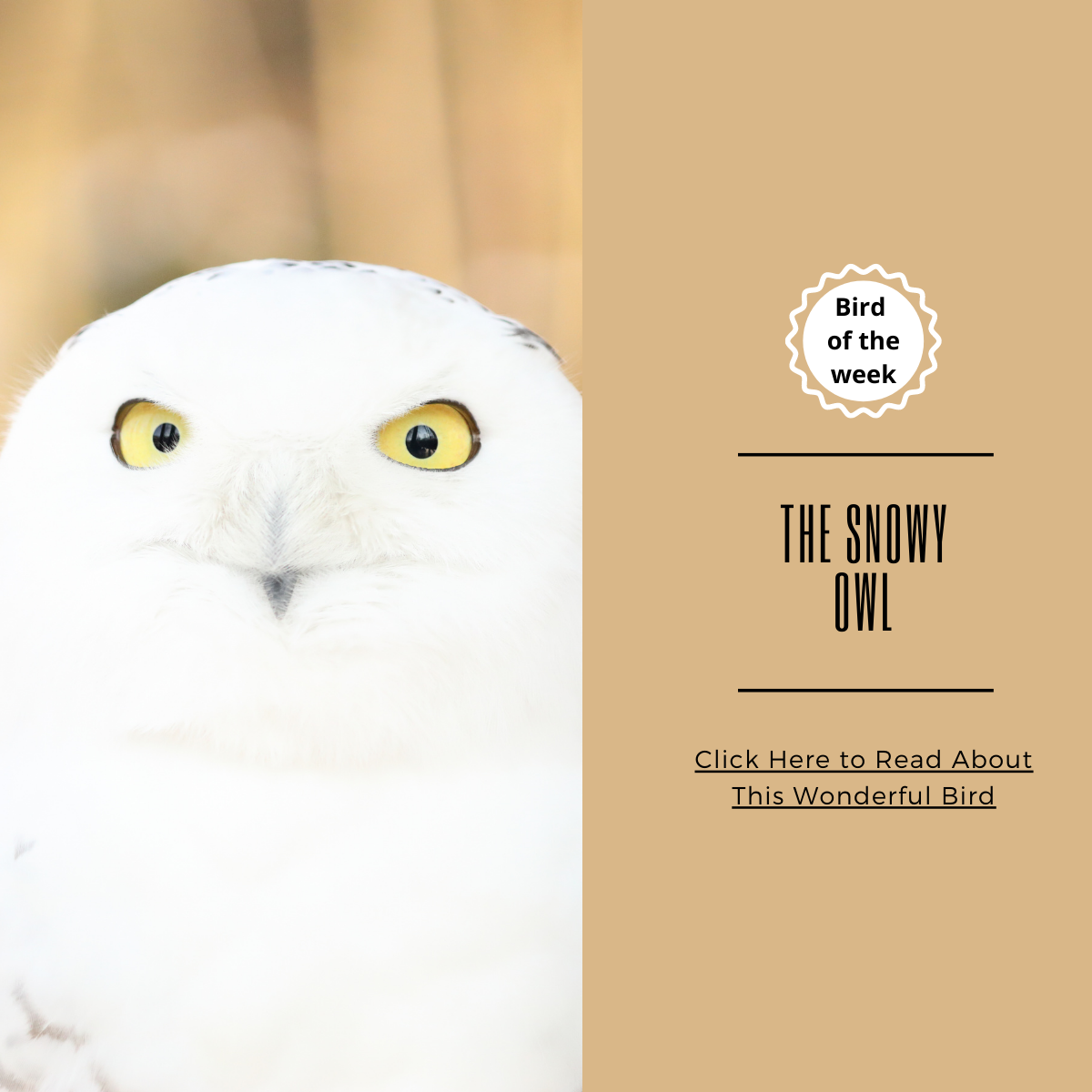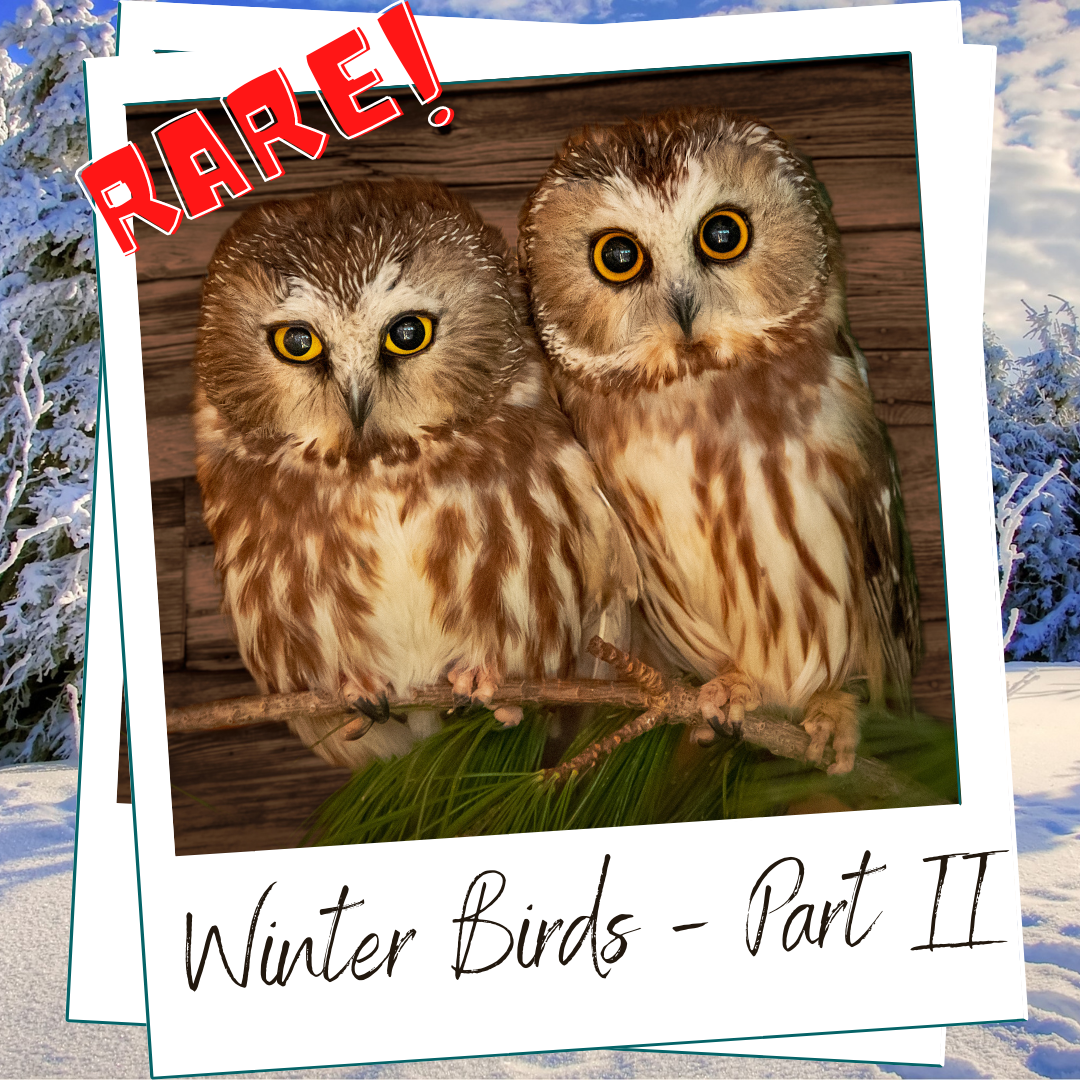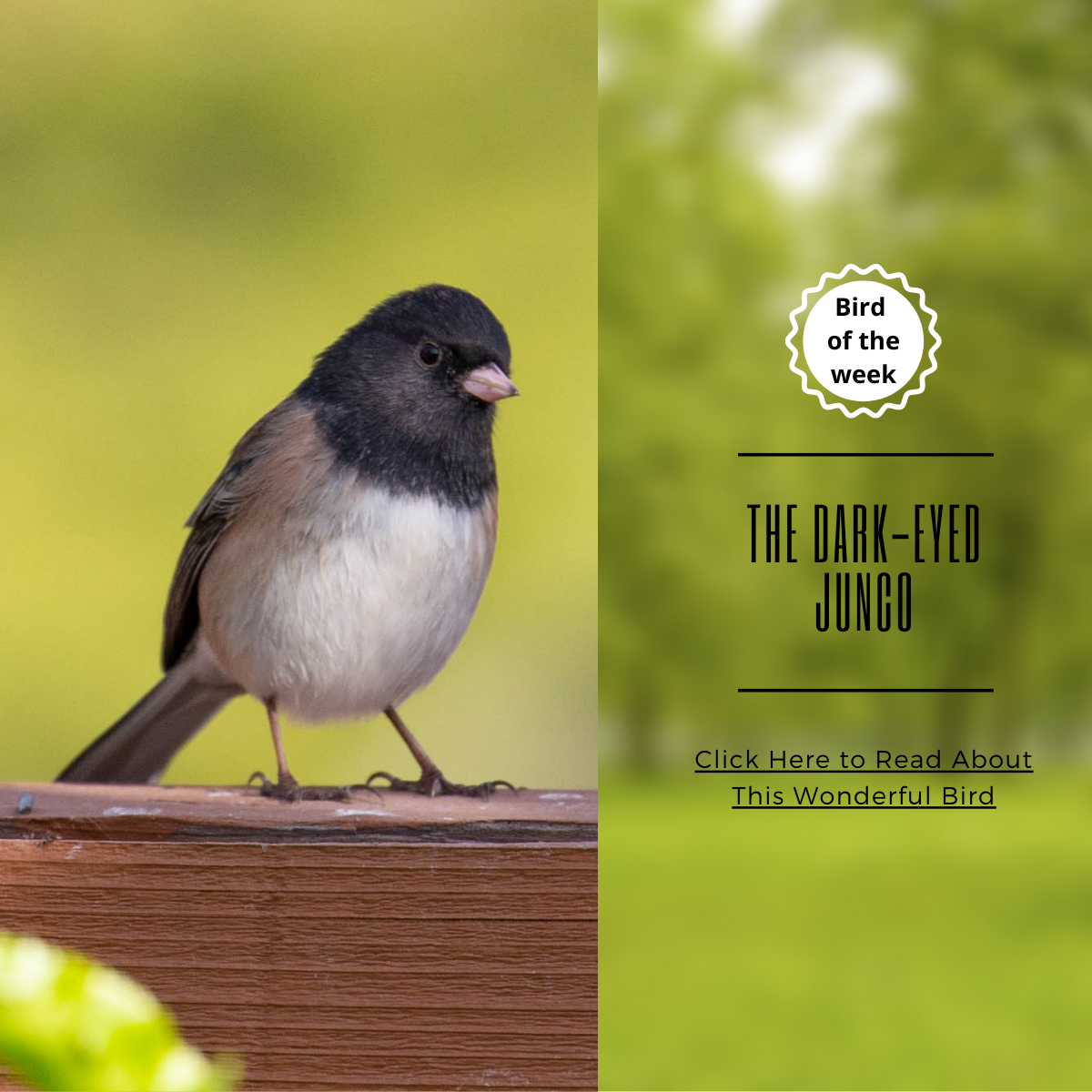
2021 is an irruption year, and snowy owls are making their appearance, getting many people out of their cozy sofas and into the wild, where the owls may be seen hunting and raising their young.
These white wizards have arrived from their summer homes in the Arctic tundra. Leaving their perches on the snowy hills and flying south, we can now see them on electricity and telephone poles or on the ground, silently waiting for their prey. Unlike other owls, these snowy owls hunt in daylight, mainly at dawn and dusk.
Being carnivores, their diet consists of small rodents, rabbits, birds, fish, and their favourite - lemmings. Some of these creatures can hide themselves quite well in the snow, but the owl outmanoeuvres them all with its keen sense of hearing. It roams low, swoops down suddenly - and the prey finds itself in the clutch of its talons. And as with all owls, it's done quickly and quietly.

The wing feathers are covered with fine small barbs which reduce air friction and vibration. The front edge of the first quills is covered with bristles so when the snowy owl zeroes in on his prey, he can sweep down seemingly out of nowhere, suddenly and silently...
The global population of snowy owls was once estimated at over 200,000, but this number has been cut by more than half, to less than 100,000. The number of successful breeding pairs is 28,000 or considerably less. With the evidence they have, most scientists relate this to global warming.
LOOKS

The snowy owl is one of the largest and heaviest of its species, weighing 3.5-6.5 ozs, (like a small apple or a small kindle) and is usually about 20-28 inches. Their wingspan of 4-5 feet helps them to sneak up on their prey, or pounce on it.
Males are usually fully white while females have extensive flecks of dark brown. Juveniles look like females during their first year, after which the males get their bristling white plumage.
The bristles on their feet protect them from the Arctic snow like snow boots, but the down on their beaks has a different role - to help them sense nearby objects. The beak, also mostly covered by facial feathers, is hooked and used for gripping prey and tearing flesh.
The average lifespan of a snowy owl is 10 years. Most of the songbirds we’ve written about previously, from northern cardinals to eastern bluebirds, don’t reach half that age! Shows you the pecking order…
In case you missed last-week’s bird-of-the-week: the Purple Finch
WHAT DO SNOWY OWLS EAT?
Top choice on the snowy owl's menu is the lemming. An adult snowy owl can eat up to 1,600 lemmings a year! When lemmings are scarce, owls will make up for it with ptarmigan, waterfowl, rabbits, fish, birds, squirrels, weasels, wading birds, seabirds, ducks, grebes, geese and voles.
Snowy owls are great snipers. They can sit for hours upon hours without moving, awaiting their prey. It is this stillness that makes their eyes even more glaring when they open them or swivel their head. When they see movement, perhaps a vole scurrying beneath the snow, they will sweep down on it and pounce. If successful, they’ll down the rodent headfirst in a single gulp. So, after hours of waiting, the meal is finished in a moment, possibly to avoid the danger of predators.
In this irruption winter season, look for the visitors on fence posts, buildings and telephone poles - anywhere with a good vantage point from which to scour the landscape, swoop and grab. But don’t underestimate their avian skills: they can catch a flying bird in mid-flight.
If you want to see snowy owls in your garden, this will be at the expense of other birds. But if you have no little songbirds flying around your backyard, this is how to attract owls!
The snowy owl is virtually silent during non-breeding seasons. But when the breeding season starts, watch out! Unlike the warm hoot of its brethren, snowy owls have a raspy, hoarse call, sometimes a grating bark, a sound unexpected from such a regal-looking bird. He can be heard from seven miles away across the tundra, and answered by other owls.
Both males and females have very powerful calls with low, hissy hoots, the male a tad stronger, the female more high pitched. They usually emit the sounds of two hisses at a time - up to 6 in a row. However, if they are really agitated, they will make bill-snapping clacks. They also make barks, rattling cackles and shrieks.
ARCTIC LOVE
The snowy owl is a nomadic bird, rarely breeding at the same location or with the same mate on an annual basis and often not breeding at all if prey is unavailable.
The male executes a rather theatrical courting display. He begins by rising into the air and descending with exaggerated wingbeats, presenting the female with a lemming as a love-gift. He then lands like a superhero, wings in a V shape, and offers the gift to the female. He places it on the ground, stands erect, lowers his head and fans his tail as the female approaches.
Once paired, the male selects the territory, but the female chooses where to build the nest, which is usually right on the tundra, hidden in the snow and with good vantage points.
Within a few days, the female builds the nest. She scrapes out a shallow pit in the bare ground and presses her body into the depression. She will lay a minimum of 3 eggs per brood when food is scarce, and up to 11 eggs when food is abundant.
While nesting, the snowy owls create a cache of food. The male supplies the edibles and the female stores the food, generally in a circular formation around the nest. Typically the stock is 10-15 items, but scientists have recorded as many as 83 carcasses!
Additionally, males will think ahead and create extra caches at other perches with a stock of about 50 lemmings, for times when food is scarce.
The female incubates the eggs for up to a month. Snowy owls have few predators, but they still have to watch out for Arctic foxes, corvids and swift-flying jaegers, even dogs, grey wolves, and other predators.
The male will guard the nest during the female’s month of incubation. If a predator approaches, both parents will dive-bomb them to try to distract them and draw their attention away from the nest.
The chicks are covered in a soft white downy layer when they hatch. With time, new feathers replace the down, and the white turns light brown.

The hatchlings will stay in the nest for just over 3 weeks but the parents still feed them until they learn how to fly properly for about 10 weeks or so. As the summers are short in the Arctic circles, the juvenile’s independence is complete only in the fall.
ARCTIC RIVALRY
When a male snowy owl defends his territory from a rival, he transforms his body to make him look bigger and more threatening. He lowers his head, sticks it forward, extends his wings and ruffles the feathers on his neck and back.
But when defending his territory from other species, they have been seen dive-bombing and even striking at humans. Man has always hunted snow owls and threatened their existence, so one can understand this form of protection.
FUN FACTS
Cry wolf
Snowy owls have very large territories and are very efficient at defending themselves from other owl species and even Arctic wolves!
Save the owl
The Snowy Owl is a U.S.-Canada Stewardship species, and is listed on the 2016 State of North America's Birds' Watch List This includes bird species which are most at risk of extinction, unless action is taken and conservation measures are put in place to reverse declining populations and reduce environmental threats. Like all raptors, snowy owls are protected from trapping and shooting, and this may help to protect them during winters in populated areas.
Have a good non-flight
Snowy Owls often hang out at airports, perhaps because the wide open spaces remind them of the tundra.
Across the polar-verse
The breeding range of the Snowy Owl is circumpolar, ranging across the northern regions of Greenland, Scandinavia, Russia, Alaska and Canada.
Join the parliament
A group of owls is called: a bazaar, glaring, parliament, stooping and a wisdom of owls.
Fact checking
Though Hedwig, Harry Potter’s snowy owl, was a female, they used a male snowy owl since the character had to be pure white.




Leave a comment
All comments are moderated before being published.
This site is protected by hCaptcha and the hCaptcha Privacy Policy and Terms of Service apply.